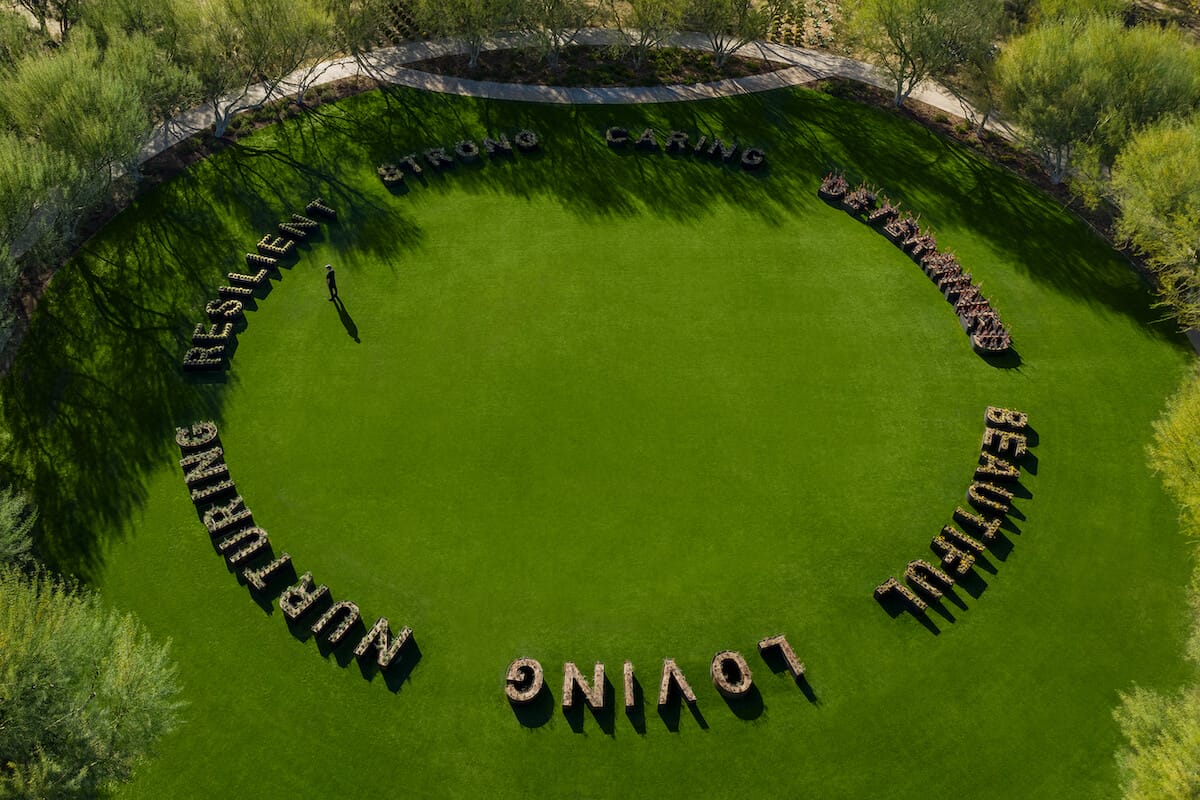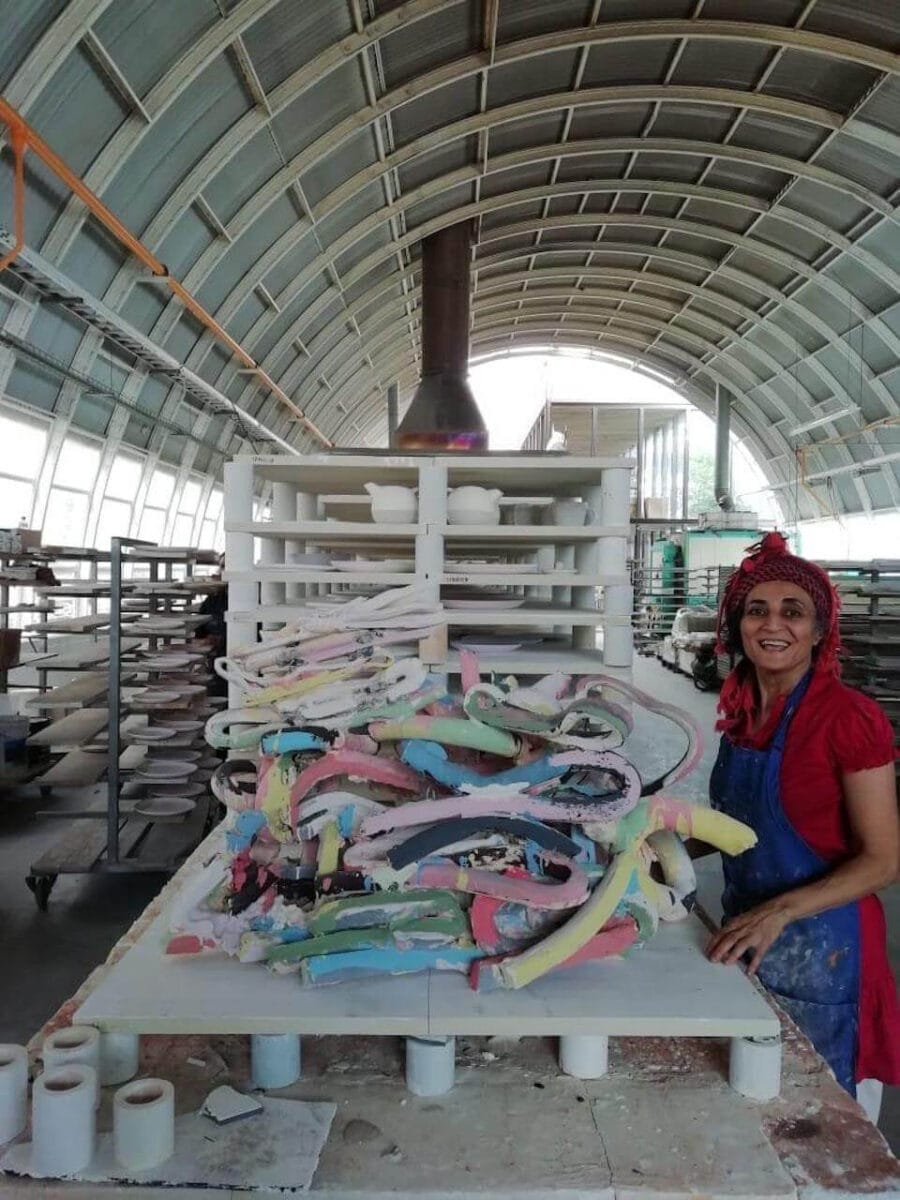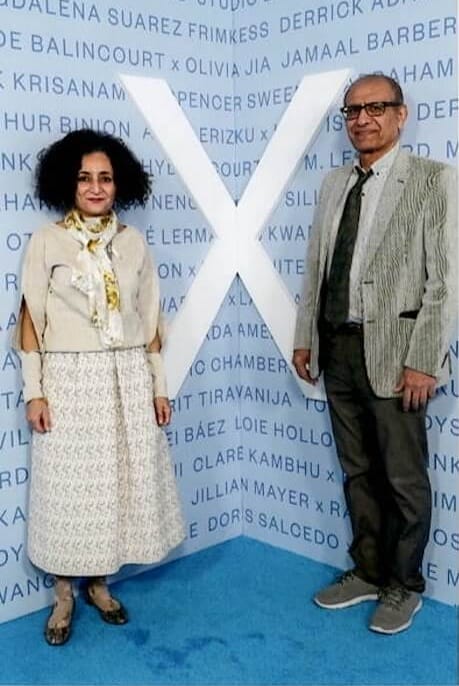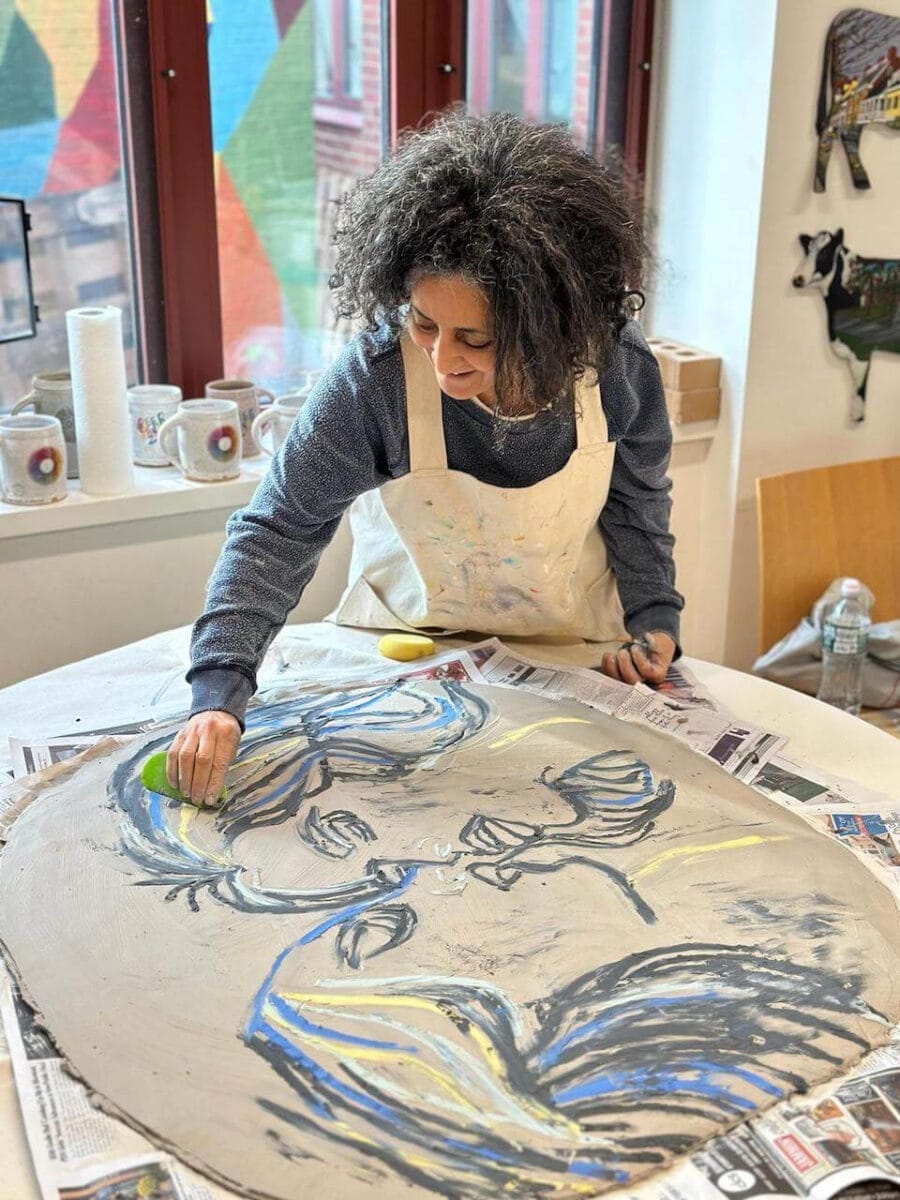Ghada Amer’s Desert X exhibition, Women’s Qualities, consists of a circle of words describing women, each spelled out using different plants. Amer explains in an interview that she was first prompted to create public outdoor installations because, historically, it was men who occupied this space, leaving women confined indoors or gardening in their own private yards. If domesticity is historically synonymous with women, the idea that these could not access the outdoors in the past can be challenged by examining one of Jane Austen’s works, Pride and Prejudice.
Circling Elizabeth Bennet
While famously known for portraying women on the brink of marriage, Austen’s novels are populated with female characters’ long walks, asserting their place outside the home. Elizabeth Bennet is seen “crossing field after field” (Austen, 31) to visit her ill sister. Because she shows no concern for the perceived strangeness of the activity and its effect on her appearance, walking presents itself as a point of contention in the novel. Different characters offer their opinions on her plan to go for a walk and their reaction upon its completion.
This never-ending debate on what a woman can do or be echoes Amer’s installation. After all, the qualities, which dictate what women should be, were selected by local men and women through a poll Amer conducted. They become representative of society, and their ideas portrayed in the garden sculpture. Thus, women remain trapped by social opinion, which the installation visualises in its circular form, a never-ending loop (fig. 1). Interestingly, each of the women’s qualities in Amer’s installation is reflected in Austen’s novel. From the start, Elizabeth cannot be dissuaded from her walk despite her family’s objections. She is determined, just like the women in Amer’s installation. Her motive for walking expresses her care and nurturing qualities towards her beloved sister. Yet, just as society would have it, she remains resilient and strong when she is “springing over stiles and jumping over puddles” (Austen, 31). She remains beautiful in a man’s eye, as Mr. Darcy finds himself in “admiration of the brilliancy” which the walk accorded to her complexion (Austen, 31). This scene from Jane Austin’s novel eerily parallels the women’s qualities in Amer’s installation; Elizabeth is bound by society, by the circle.
“The scene eerily parallels the women’s qualities in Amer’s installation; Elizabeth is bound by society, by the circle.”
Piercing the Circle
However, walking also offers an opportunity to defy the restrictions prescribed by social expectations.In Regency-era Pride and Prejudice, it is the very act of walking that is rebellious: Elizabeth walks stubbornly alone, revelling in the physical exertion and the “warmth of exercise” (Austen, 31). Her three-mile-long walk traces a linear path which pierces through the orbit of social opinions. By walking, she is released from the confinement of women in the nineteenth century.
Similarly, when the visitor of Amer’s installation walks around the sculpture, s/he literally penetrates the circular constriction, enacting what Elizabeth, in Pride and Prejudice, did metaphorically and in a linear form. Roaming these grounds, surrounded by the qualities, visitors must ponder what they represent, they must reflect on why such expectations are imposed on women. And, as the qualities themselves are planted in flowerpots, an object traditionally associated with the feminine, the outdoors are suddenly transformed into a domestic space, further challenging the conventional association of outdoor gardens with the masculine (fig. 2).
“Surrounded by the qualities, visitors must ponder what they represent, they must reflect on why such expectations are imposed on women.”
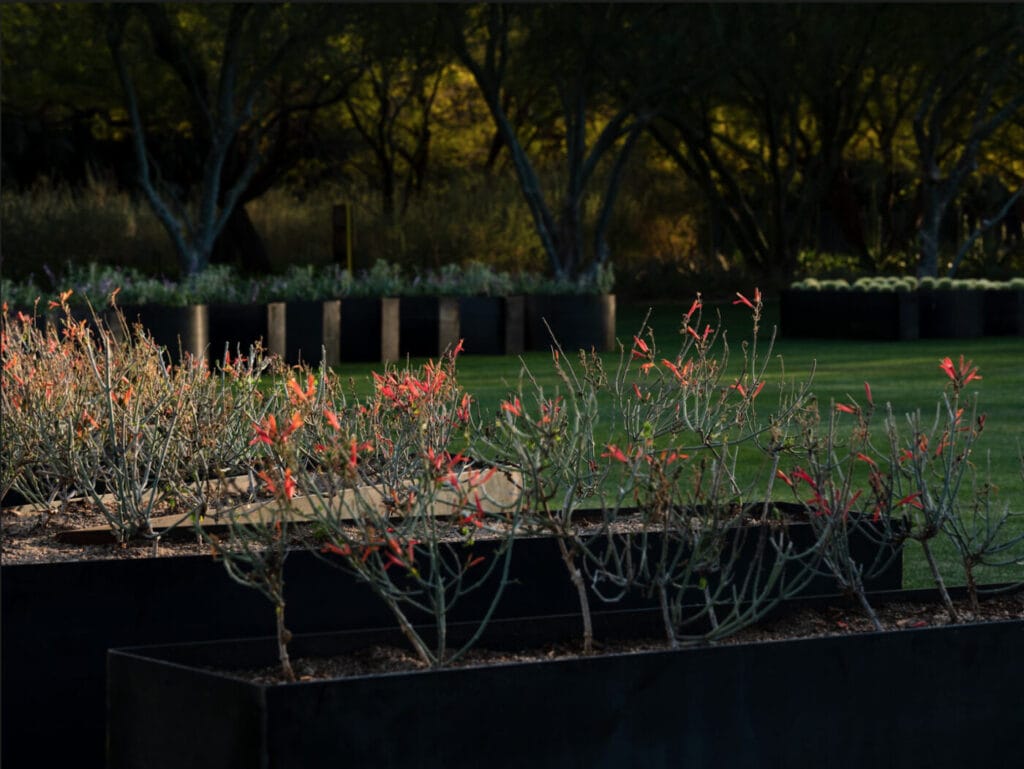
If walking allowed Austen’s female protagonist to defy male dominance, it permits all of Amer’s visitors to challenge social expectations through the reflection it encourages. Women’s Qualities questions the association of women with domesticity by recalling a movement which can be as defiant for women today as it was for Austen’s Elizabeth then.
Works cited:
Austen, Jane. Pride and Prejudice. New York: Signet Classics, 2008.
“Ghada Amer in Conversation with Rosa Martinez.” MAKE Magazine, 2002.

